5 things you might not know about Columbus' South Side
- Oops!Something went wrong.Please try again later.
- Oops!Something went wrong.Please try again later.
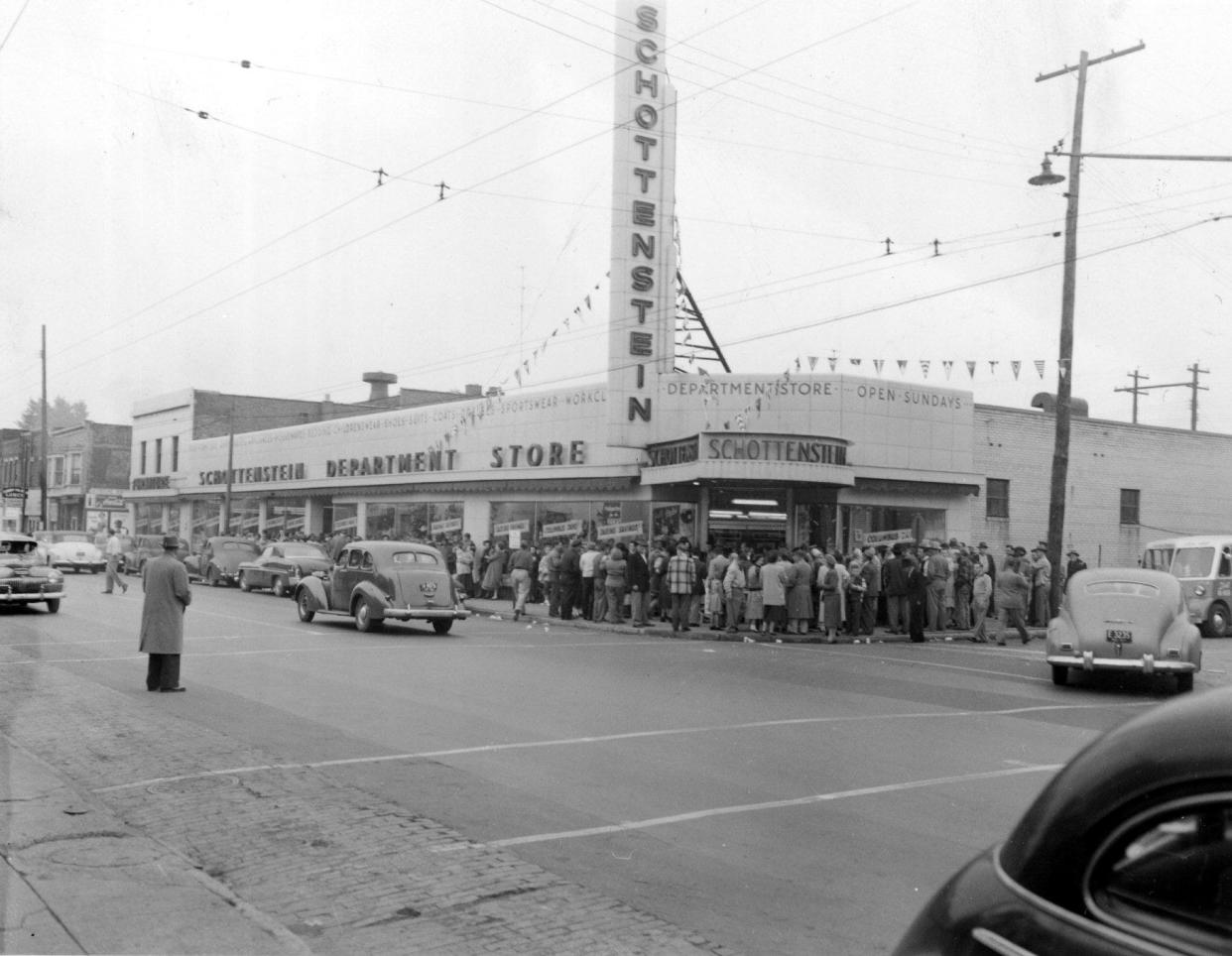
Bluegrass music. Square-cut pizza. Bargain deals.
All three of those things were once — and in some cases still are — found on Columbus' South Side, a sprawling area that stretches from Livingston Avenue to the industrial zone along Route 104 and from I-71 to Alum Creek Drive.
For much of the 20th century, the city's South Side was home to several large industries. Manufacturing companies including Federal Glass and Buckeye Steel Castings — later renamed Columbus Castings — employed thousands of workers, many of them European immigrants and transplants from Appalachia and the South.
Those workers often settled near their workplaces, resulting in the greatest concentration of diversity in the city's history, at least prior to the 21st century, according to Doreen Uhas Sauer, a local historian and author.
Migrants from Kentucky and Virginia brought with them bluegrass music, leading to the rise of establishments along Parsons Avenue that regularly hosted bluegrass musicians.
Immigrants, including the Schottensteins, started businesses here.
And the ancestor of not just one, but two U.S. presidents had ties to the South Side.
Here are five interesting things about the rich history of the South Side, including several athletes who before going pro went to school here:
Donatos Pizza got its start on the South Side
Donatos w as founded in 1963 when Jim Grote borrowed $1,300 from his father and then-future father-in-law to buy a South Side pizzeria.
The Ohio State University sophomore had by then been working in Columbus pizza shops for years and knew his way around a kitchen. But Grote still spent more than a decade perfecting his own system and craft before building the first Donatos store in front of his family home on Thurman Avenue.
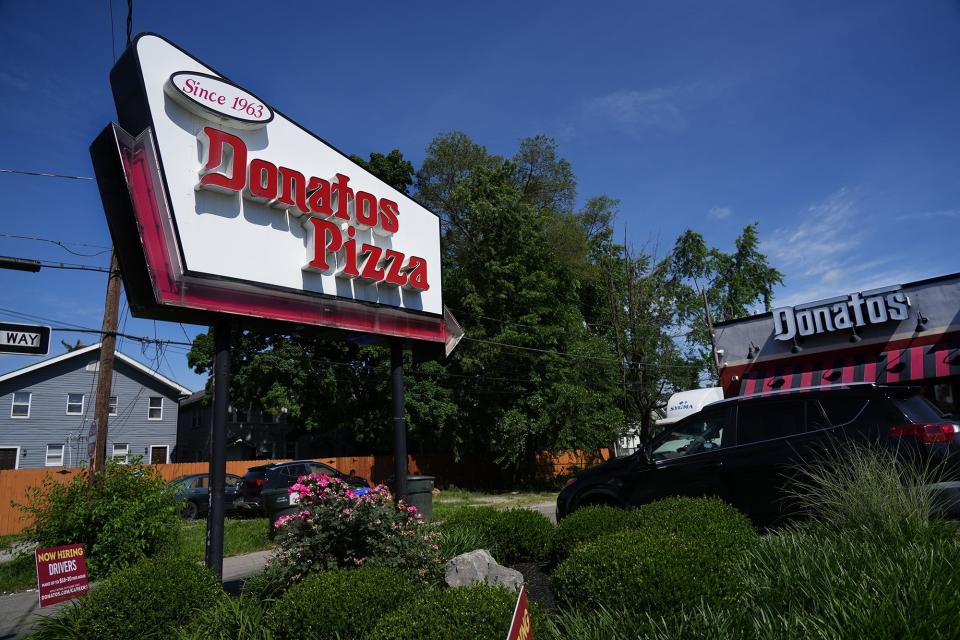
The flagship location, just a few blocks east of Parsons Avenue, opened in 1974 and is still serving pies.
Donatos' early success is due in large part to Grote's ingenuity, said Uhas Sauer, pointing to how two years prior to building the first Donatos store, Grote invented the Peppamatic pepperoni-slicing machine and started his food-processing-equipment company, Grote Co., which is still based in Gahanna.
The original Schottenstein's department store
In 1912, Ephraim Schottenstein opened his namesake department store on Parsons Avenue. The store was later moved to the corner of East Barthman and Parsons avenues, where it remained until its closing in 2005.
"The store blended theatrics with commerce," a Dispatch article from that year noted. "There were carnival tents in the parking lot, dances and theme days inside. Employees dressed as clowns, cowboys and showgirls."
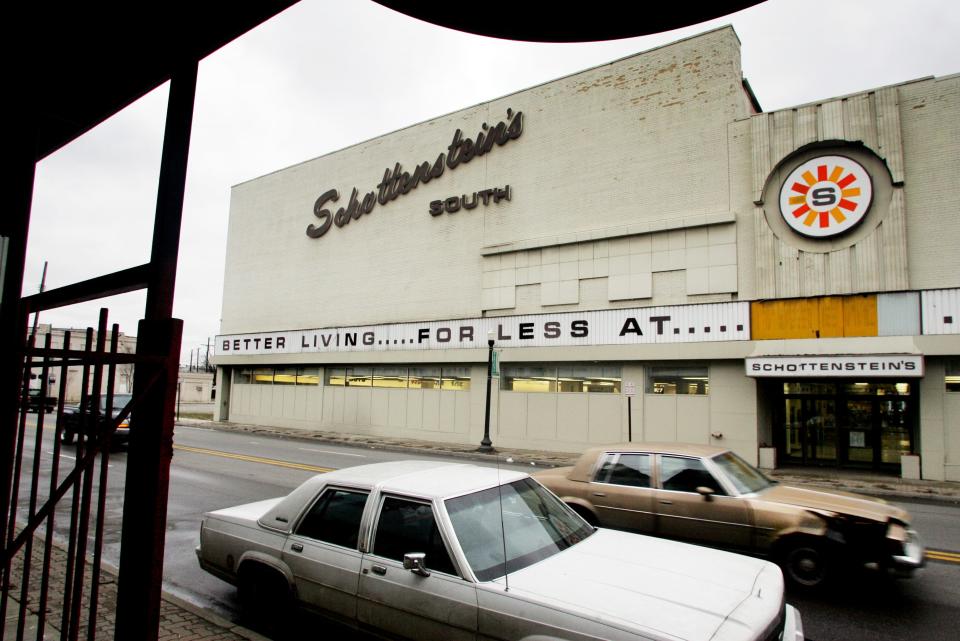
In the years leading up to its closure, Uhas Sauer often went bargain hunting at the original Schottenstein's store. The John R. Maloney Health Center now stands in its place.
"I know when I walked in there, into the building, the floors were uneven, there was nothing fancy about it, but the bargains were unbelievable," Uhas Sauer said.
Bush family has deep ties to Ohio
At its peak in the 1950s, Buckeye Steel employed more than 2,000 workers who made steel castings for freight and passenger rail cars, locomotives, mining equipment and other heavy industries.
One of the men who helped get the company to that point was the great-grandfather of former President George W. Bush and grandfather to the late former President George H.W. Bush.
Samuel Prescott Bush served as president of what was once the largest single steel foundry in North America from 1905 to 1927, according to Columbus Landmarks.
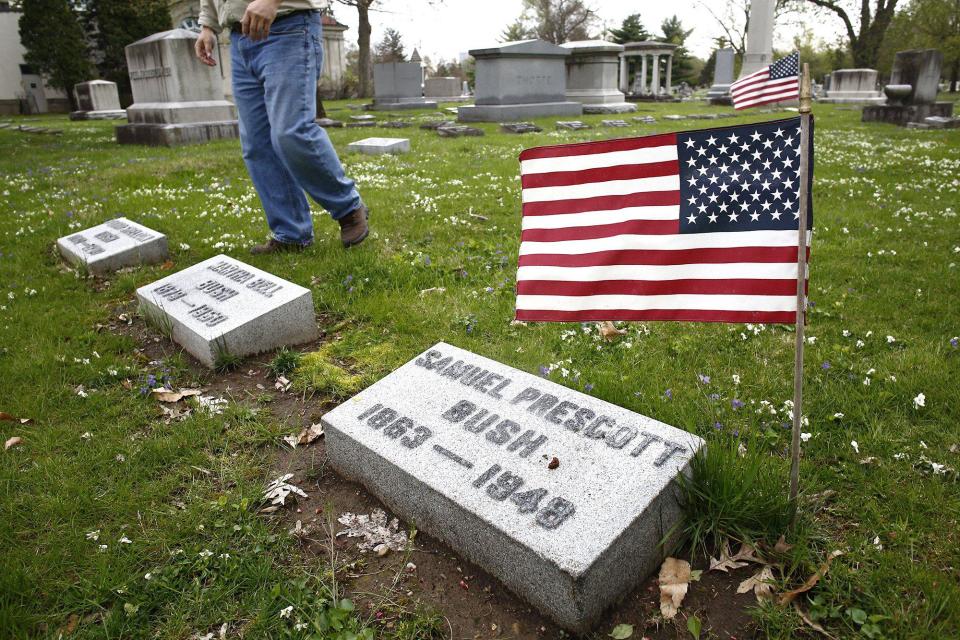
The ancestor of two U.S. Presidents was not just an entrepreneur, but a progressive one at that, according to Uhas Sauer.
Bush practiced two things: welfare capitalism and scientific management, Uhas Sauer said.
In addition to fine-tuning company operations to increase productivity, Bush set up Sunday school classes for African Americans that Buckeye Steel recruited from Alabama, held English classes for immigrants, and helped create a baseball league featuring teams from different South Side manufacturing companies.
"Modeling what would be good citizenship, but also community spirit," Uhas Sauer said.
Bush, who died in 1948, is buried in Columbus' Green Lawn Cemetery.
Professional athletes that hail from South Side
A number of notable former professional athletes are from the South Side.
Frank Howard, who graduated from South High School in 1954, is perhaps best known for baseball — he was a four-time Major League Baseball All-Star. But he also played basketball at Ohio State University, where the 6-foot-7 power forward/center was an ALl-American and drafted by the Philadelphia Warriors of the NBA.
Elbert Dubenion is another one of South's most-prominent alums. After playing at Bluffton College and serving a stint in the military, Dubenion spent nine seasons (1960-68) as a receiver with the Buffalo Bills of the then-American Football League. Dubenion was inducted in the Bills' Wall of Fame in 1995 and has his jersey number, 44, retired.
Stacey Hairston, a 1985 graduate of South High, played football at Ohio Northern University before professional stints with Dallas and Cleveland in the NFL and then in the Canadian Football League.
Graduates of Marion-Franklin High School have also gone on to play pro ball.
Herb Williams, who played basketball at Ohio State between 1977 and 1981, was drafted by the Indiana Pacers and finished his career with the New York Knicks.
Ken Lanier, class of 1977, played 12 years with the NFL's Denver Broncos.
And Eddie Milner played in 804 games for the Reds between 1980 and 1988. A 21st-round selection in the 1976 draft, he was a .253 career hitter with 42 home runs, 145 stolen bases and 195 RBI.
South Side was once a bluegrass mecca
In the decade following World War II, bluegrass music became increasingly popular in the rural upland South, particularly the Appalachians, according to Neil V. Rosenberg's book "Bluegrass: A History."
Appalachian migrants who came to Columbus and found work at steel and glass factories settled on the South Side. With them came their music.
During the latter half of the 20th century, Parsons Avenue was a hotbed of bluegrass music in Columbus. The major thoroughfare used to be lined with venues that hosted bluegrass acts, such as the Bluegrass Palace and Astro Inn.
"The Bluegrass Palace is worlds apart from most royal castles," according to a Dispatch article from 1987. "Green vinyl booths serve as thrones and a tile floor, scuffed by the boots of patrons, lies where most palaces have marble."
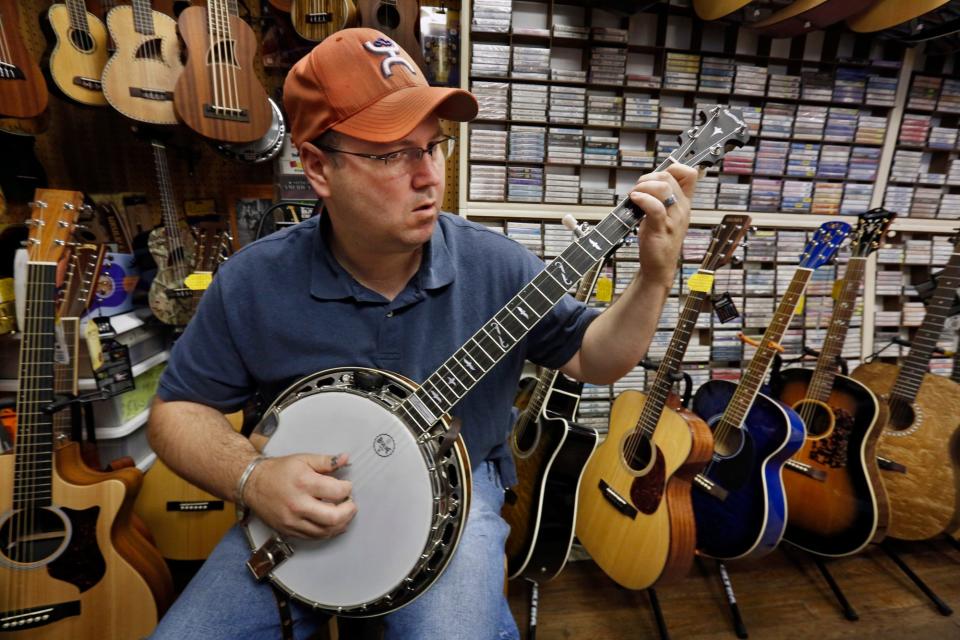
There aren't many places to hear bluegrass these days on the South Side, according to John Barriga of Bluegrass Musicians Supply.
Bluegrass lovers should check out Dick's Den in the Old North, he suggested.
This story is part of The Dispatch's Mobile Newsroom initiative. Visit our reporters at the Columbus Metropolitan Library's Parsons branch library and read their work at dispatch.com/mobilenewsroom, where you also can sign up for The Mobile Newsroom newsletter.
Dispatch columnist Rob Oller contributed to this report.
Monroe Trombly covers breaking and trending news.
mtrombly@dispatch.com
@MonroeTrombly
This article originally appeared on The Columbus Dispatch: Here's 5 interesting things you may not know about Columbus' South Side

